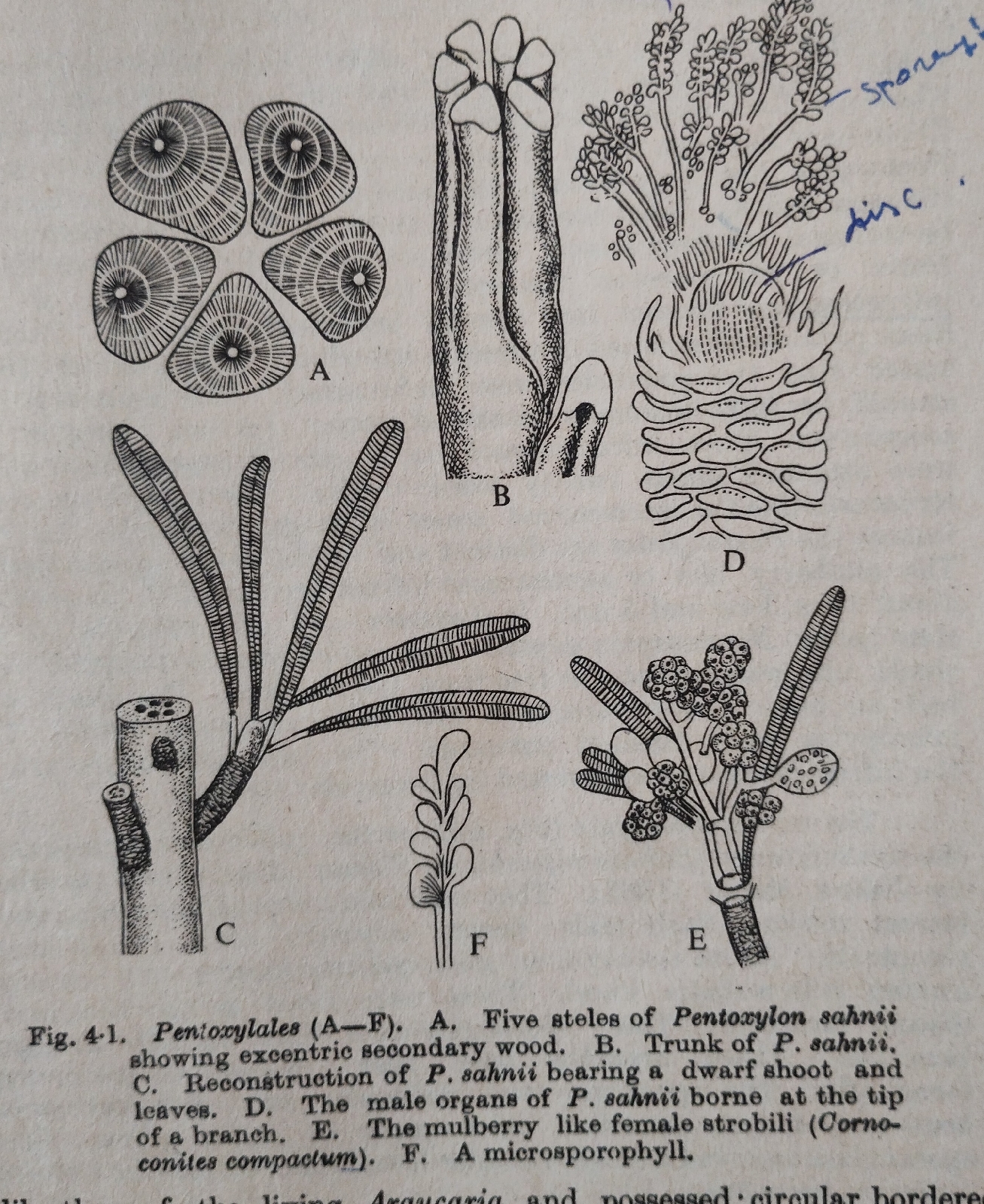Law of Tolerance or Shelford's Law of Tolerance
Law of Tolerance or Shelford’s Law of Tolerance
(Plant Ecology: Botany Major, 4th Semester, UG Tripura University)
V.E.Shelford in 1913 opined that a factor could have a limiting effect at its minimum and maximum quantity on the survival and existence of an organism in the environment.
Fig: Graphical representation of the Law of Tolerance
From the above graphical representation it is clear that organisms are limited in their growth and in their occurrence both by (a) too little of an element or too little of an intensity of the factors and (b) by too much of an element or too much of an intensity of the factors.i.e., at the zone of physiological stress and at the zone of intolerance.
This law states that,” a certain organism’s survival and existence depends upon the multifaceted set of conditions within which each individual has definite minimum, maximum and optimum ecological factors to establish success”.
Example:
CO2 increases the rate of plant growth because a small increase in its concentration increases the rate of photosynthesis in green plants . But when it is increased considerably it becomes toxic.
The range between the critical minimum and critical maximum is known as Limits of Tolerance. Any value lying between these critical limits will naturally fall in the limits of tolerance of an organism. If the limits of tolerance are exceeded for a particular plant species , it will lead to the disappearance of the species from the area as long as such conditions exist.
(1) Tolerance Range:
The abundance or distribution of plant species within an ecosystem are determined by their tolerance to environmental factors such as temperature, moisture, soil pH and availability of nutrients and sunlight, etc.Within these limits it can survive , grow and reproduce.
(2) Optimum Range: Within the tolerance range, there is an optimum range where the species thrives and exhibits maximum growth and reproduction.
(3) Limiting Factors: Environmental factors outside the tolerance range act as limiting factors, constraining the distribution and availability of a species within an ecosystem.
(4) Competitive Exclusion: When two species have overlapping the tolerance ranges, competition for resources may occur.
Significance: Understanding the Theory of Tolerance is crucial for predicting the impact of environmental changes on plant communities and for managing ecosystems in the face of climate change and human activities.
—---------------------------------------------
The author, Prasenjit Sinha,is a faculty member of the department of Botany, Ramkrishna Mahavidyalaya, Kailashahar,Unakoti -Tripura.



Comments
Post a Comment